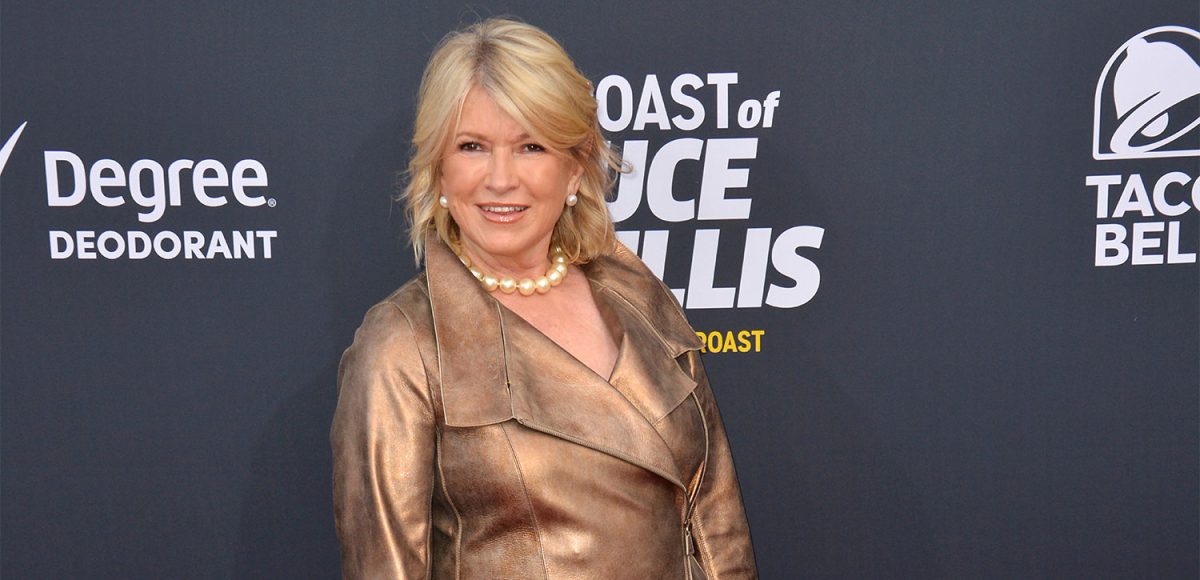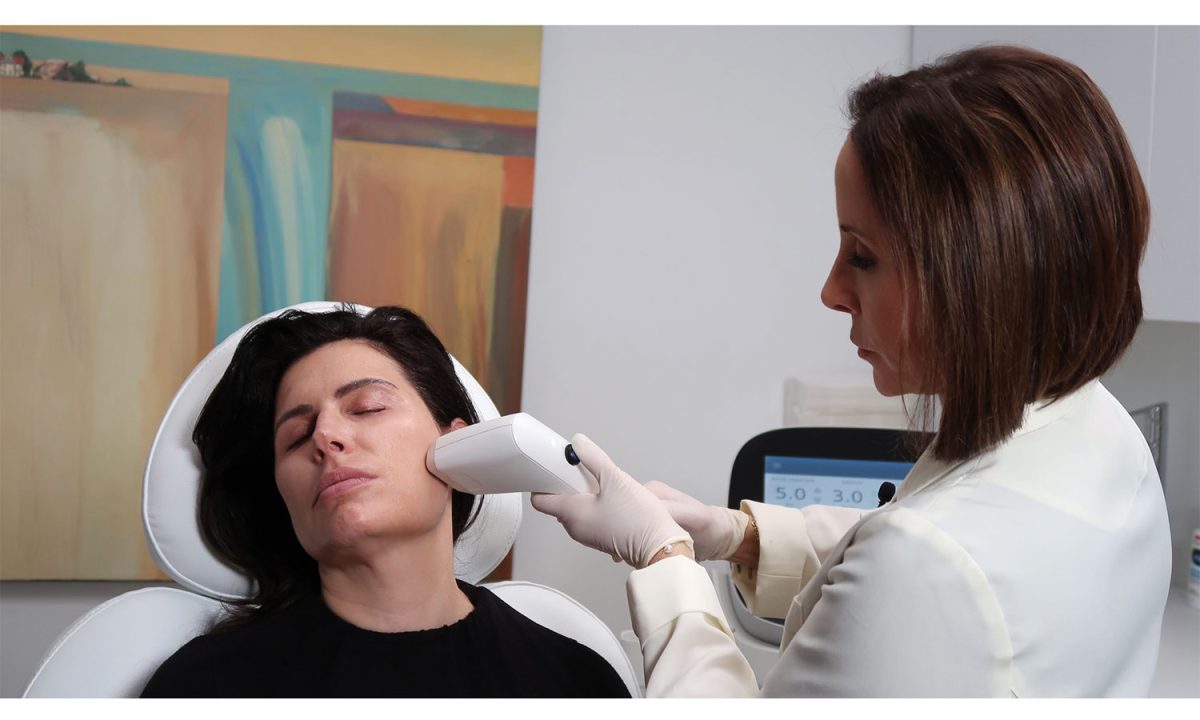Martha Stewart is making a splash by confidently gracing the cover of the Sports Illustrated Swimsuit Edition at age 81. In doing so, she is also inciting fruitful conversation about the many factors that make a person beautiful.
Did you know that what is attractive is hardwired in our brain and linked to fertility? Numerous studies have shed light on our innate beauty receptors. Babies as young as 1-month-old stare longer at attractive faces and 1-year-olds have been shown to cooperate better with attractive sitters and on it goes throughout life. For all of us living in Beverly Hills, we know that beauty matters.
Psychologist Nancy Etcoff, in her book “Survival of the Prettiest,” asserts that our preference for smooth skin, shiny hair, curved waists, and symmetrical bodies stems from the evolutionary advantage associated with these traits. Our ancestors who recognized and desired these signals had greater reproductive success. Thus, our brains have developed innate beauty receptors that respond positively to these characteristics. Attractive faces trigger the brain’s reward pathway, much like activities such as making money, having sex, or using cocaine.
The International Mate Selection Project, conducted by David Buss, was a massive study encompassing diverse cultures and continents. He looked at mate selection in 33 countries on six continents and five islands. The findings revealed that men across cultures valued appearance more than women did when selecting a mate. Traits such as clear skin, lustrous hair, symmetrical features, and an ideal waist-to-hip ratio were consistently associated with attractiveness. These characteristics signify good health and form a universal beauty archetype that is innate rather than learned. No wonder the skin, hair and personal beauty care industry is a global phenomenon with $571 billion of revenue projected for 2023 and an annual growth rate of 3.8%.
In humans, our extended period of dependency on maternal care influences our mate selection. Women experience a pronounced rise and decline in fertility as nature wants to ensure that mothers are around long enough to raise their children to independence. Men are wired to be attracted to young and healthy women to enhance the survival of their offspring. Peak fertility years equate to peak attractiveness. Hence the slew of 20-year-olds gracing magazine covers and beauty pageants.
Conversely, men do not experience such a rapid decline in fertility. Their ability to care for offspring may increase as they get older as they may have more financial and social resources and protect their young. Hence, male attractiveness increases as men age. One study showed that women were in fact more attracted to men with scars on their faces perhaps signaling that he can do battle and survive. These differences in reproductive strategies explains the popularity of May-December romances and platforms like Sugar Baby Sugar Daddy, which align with our evolutionarily programmed instincts.
But don’t despair about these inequities in attractiveness as we age. Women’s desire to look attractive keeps us alive longer; almost six years on average! Our desire to look good drives us to the gym, Pilates classes, nutritionists, dermatologists and other life-extending places.
We also evolve our perceptions of beauty over time by downloading what I refer to as “evolved beauty receptors.” Martha Stewart helps all of us do that by challenging the narrow definition of fertility-associated beauty and looking sexy at 81. She shows us how women can embrace their attractiveness and radiate beauty decades beyond our peak fertility years. Our lives are now driven by multifaceted forces that extend way beyond procreation and survival. Reproduction is no longer the sole arduous task it once was for our ancestors, particularly in the industrialized world and need to hold such sway over our choices.
To transcend hardwired beauty perceptions and develop our minds’ beauty software, we can train ourselves to see beauty in new places. As we progress through life, our perceptions of beauty naturally expand. We find beauty in our loved ones, acquaintances, and strangers. The media play a big role in shaping our preferences. What we see often, usually grows in attractiveness. The internet has exponentially broadened the definition of beauty, introducing new standards continuously. Through positive experiences and open-mindedness, we can discover ever- increasing beauty in ourselves, others, and the world around us.
Actively recruiting new beauty receptors is also possible. By observing women in various settings, consciously recognizing and appreciating their unique beauty, we can expand our perceptions. In 2015, I co-founded the Bold Beauty Project. www.boldbeautyproject. We pair women with varying disabilities with volunteer photographers and create art shows to encourage our audience to see beauty in places they may have overlooked. We will be hosting our next show in DTLA, Sept. 30 and hope to see you there so you can download new beauty receptors and meet these bold and beautiful women.
Women can also train themselves to see more beauty in themselves. Look in the mirror and focus on the positives of what they see. Tell yourself, “I am 20 percent more beautiful than I think.” Women often criticize themselves due to the discrepancy between their appearance and the hardwired beauty standards in their minds but we can train ourselves in more positive ways. Remember, ALL women are beautiful and each of us deserves to feel our best.
Embracing the idea that beauty emanates from within allows us to appreciate the qualities beyond fertility that truly make someone attractive—confidence, self-awareness, generosity, kindness, effective communication, integrity, openness, transparency, loyalty, intelligence, humor, passion, humility, creativity and optimism are all very attractive and help maintain meaningful connections overtime to name. These traits take time to develop and cultivate. The more you embody these qualities, the more attractive you become. Lasting beauty is within everyone’s grasp. And never forget a smile. “If you smile, the whole world smiles with you” thanks to our mirror neurons (the part of the brain that fires when we see someone doing something).
So, I applaud Martha Stewart and Sports Illustrated for their story. Her confidence shines through in these new images. She is clearly enjoying her life and embracing her sexuality. Through repeated exposure to such images, we evolve our beauty receptors and recognize more beauty in others and in ourselves. By appreciating the distinction between our innate and evolving beauty receptors, we gain a deeper understanding of our behaviors and can embrace the beauty in all women. Women can transcend their critical inner voices, fueled by innate beauty receptors, and learn to love their bodies, ultimately attaining true beauty—optimal mental and physical health. At 81 years old, Martha Stewart embodies this beauty, demonstrating the radiance that comes from embracing oneself fully. What could be more beautiful than that?
“People often say that ‘beauty is in the eye of the beholder,’ and I say that the most liberating thing about beauty is realizing that you are the beholder. This empowers us to find beauty in places where others have not dared to look, including inside ourselves.”
– Salma Hayek
Beverly Hills Courier columnist Dr. Eva Ritvo is a psychiatrist with 30 years’ experience practicing in Miami Beach. She is the author of “Bekindr-The Transformative Power of Kindness” and the Co-Founder of the Bold Beauty Project. Dr. Ritvo received her undergraduate and medical degrees from UCLA and psychiatry residency training at Weill Cornell Medicine.





